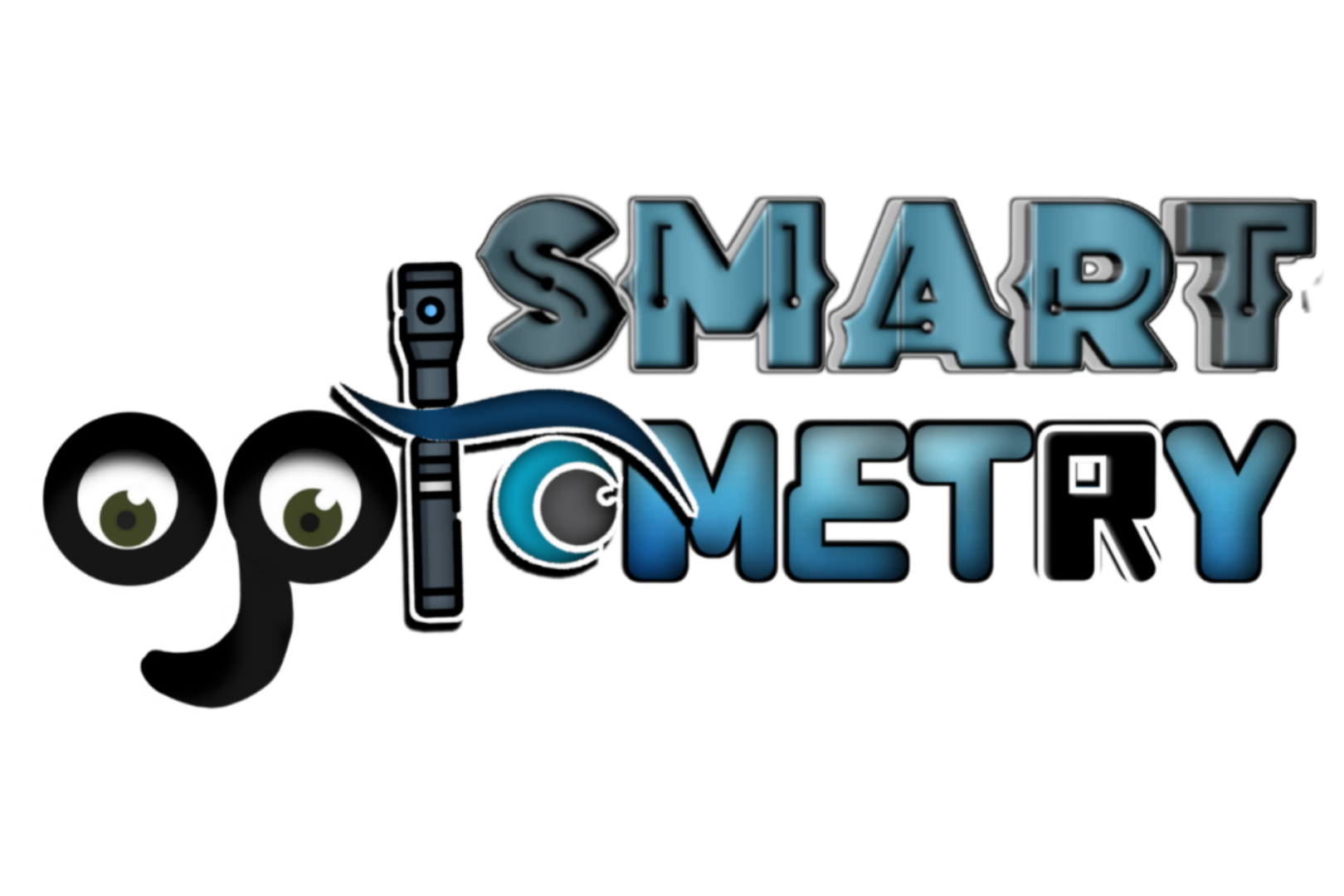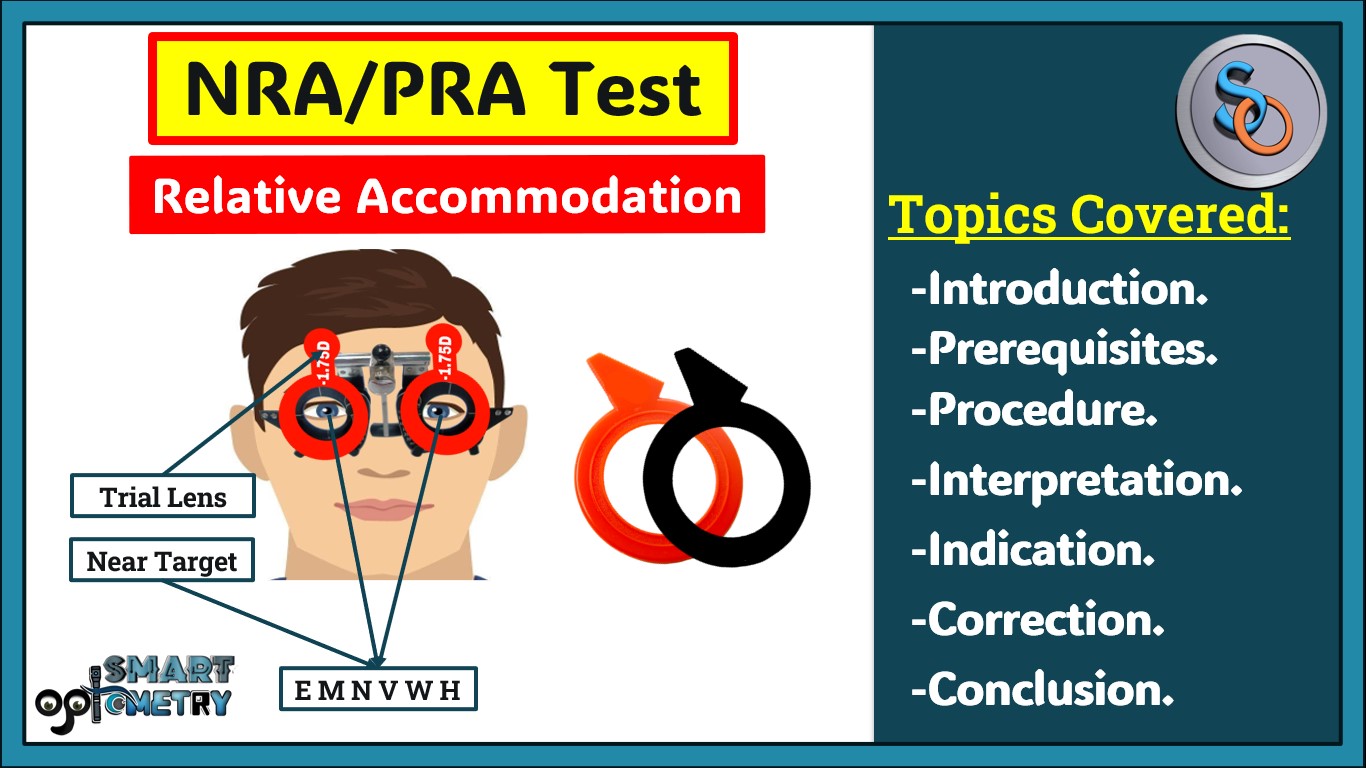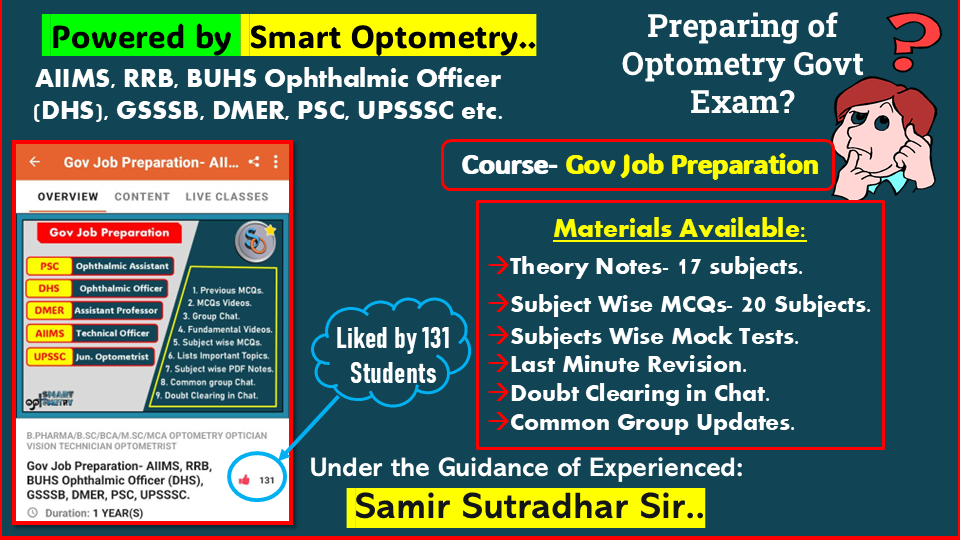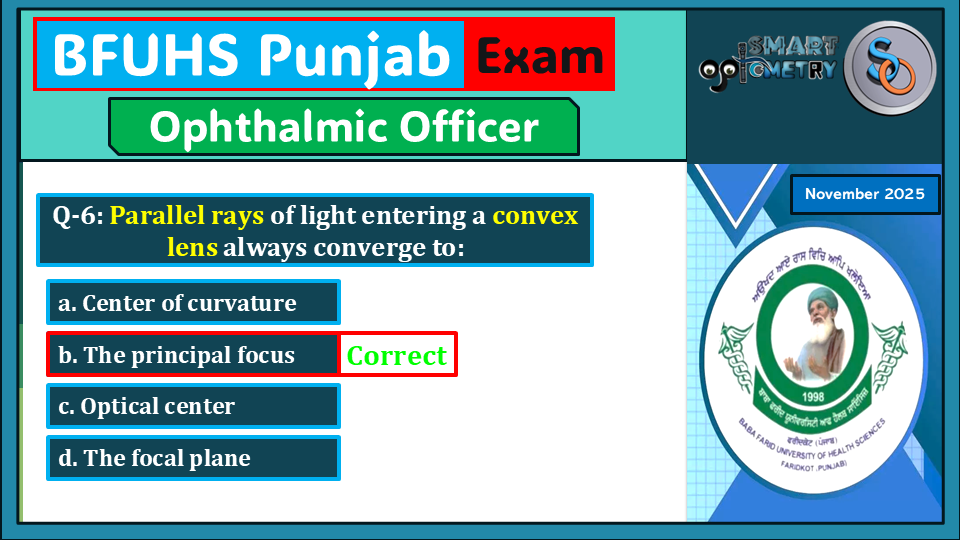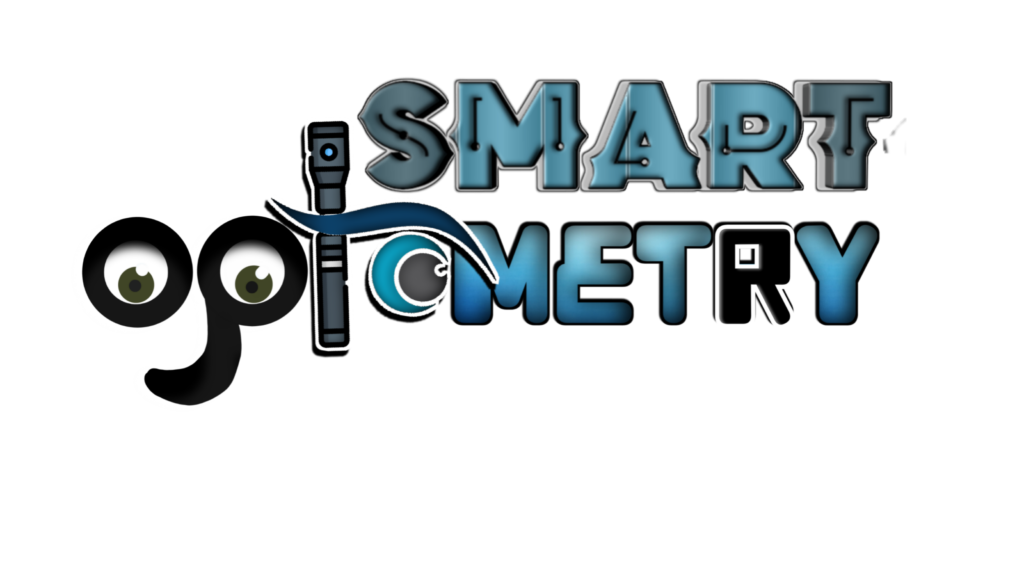What is Relative Accommodation?
- Assessment of stimulation and Relaxation of accommodation in relation to Stimulus is called Relative Accommodation.
- When Minus lens is introduced before eyes, rays focus behind the retina and accommodation gets stimulated to bring back the rays on the retina, thus it’s called Positive Relative Accommodation.
- When Plus lens is introduced before eyes, rays focus in front of the retina and accommodation needs to relax to bring back the rays on the retina, thus it’s called Negative Relative Accommodation.
- NRA/PRA helps us to Determine:
- Normal Accommodative Functions.
- Accommodation Excess.
- Accommodation Insufficiency.
- Status of Fusional Convergence.
- Status of Fusional Divergence.
- Determine Refractive Corrections.
Why it’s called Positive or Negative Relative Accommodation?
- In PRA, accommodation is stimulated with minus lens that’s why it’s called Positive Relative Accommodation.
- In NRA, accommodation is relaxed with plus lens that’s why it’s called Negative Relative Accommodation.
Prerequisites of NRA/PRA Test:
- Refractive Status:
- Distance correction should be place in the trial frame before starting the procedure.
- Room condition:
- Day light condition.
- Target:
- Near vision chart or Card.
- Fixation Size:
- N6 target or last line easily read by the patient in near vision chart.
- Test Distance:
- 40 cm in front of the patient.
- Trial Box:
- Positive & Negative Lenses.
- Trial Frame.
Positive Relative Accommodation (PRA):
- Ask the patient to sit comfortably and held the near vision target at 40 cm.
- Patient fixate at the N6 target or the last line he/she can read comfortably.
- Minus lenses are slowly added binocularly in -0.25D steps until patient reports first persistence blur.
- The power of minus trial lens required to make target first persistence blur is the value of Positive Relative Accommodation.
Note: Place the second lens in the trial frame before removing first lens
Interpretation of Positive Relative Accommodation (PRA) Test:
- Expected PRA Value:
- -1.50DS to -2.50DS
- Normal Accommodative Function:
- If PRA value falls between -1.50DS to -2.50DS.
- Accommodation Insufficiency:
- If PRA value less than -1.50DS.
- Accommodation Excess:
- If PRA value more than -2.50DS.
- Inadequate fusional divergence:
- If PRA value less than -1.50DS.
- Minus lenses in PRA testing induces accommodation and increases accommodative convergence due to the AC/A link. In order to maintain clear binocular single vision, the eyes must neutralize the accommodative convergence by fusional divergence response.
- Over-correction in Hyperopia or Under-correction in Myopia:
- High PRA value can be indicative of Over-correction in hyperopia and Under-correction in Myopia.
How does PRA can identify overcorrection in hyperopia and under-correction in myopia?
- In both conditions, overcorrection in hyperopia and under-correction in myopia rays focus in front of the retina.
- To shift the rays in the retina, we need certain amount of diverging or minus power.
- This extra minus power will be added to the PRA value which results hight PRA value in Over-corrected Hyperopia and Under-corrected Myopia.
- So, if patient’s accommodation response is normal but showing high PRA value then it indicates Over-correction in Hyperopia and Under-correction in myopia is done during the Refraction.
Negative Relative Accommodation (NRA):
- Ask the patient to sit comfortably and held the near vision target at 40 cm.
- Patient fixate at the N6 target or the last line he/she can read comfortably.
- Plus trial lenses are slowly added binocularly in +0.25D steps until patient reports first persistence blur.
- The power of plus trial lens required to make the target first persistence blur is the value of Negative Relative Accommodation.
Interpretation of Negative Relative Accommodation (NRA) Test:
- Expected NRA Value:
- +1.75DS to +2.50DS
- Normal Accommodative Function:
- If NRA value falls between +1.75DS to +2.50DS.
- Accommodation Insufficiency:
- If NRA value more than +2.50DS.
- Accommodation Excess:
- If NRA value less than +1.75DS
- Inadequate fusional convergence:
- If NRA value less than +1.75DS.
- Addition of plus lenses relaxes accommodation and stimulates divergence due to AC/A link. In order to maintain clear single binocular vision, the eyes converge or use fusional convergence. Inadequate fusional convergence therefore can reduce the end point of NRA.
- Over-correction in Myopia or Under-correction in Hyperopia:
- High NRA value can be indicative of Over-correction in Myopia and Under-correction in Hyperopia.
How does NRA can identify over-correction in Myopia & under-correction in Hyperopia?
- In both conditions, overcorrection in myopia and under-correction in hyperopia rays focus behind the retina.
- To bring back the rays in the retina, we need certain amount of converging or plus power.
- This extra plus power will be added to the NRA value which results high NRA value in Over-corrected Myopia and Under-corrected Hyperopia.
- So, if patient’s accommodation response is normal but showing high NRA value then it indicates Over-correction in Myopia and Under-correction in Hyperopia is done during the Refraction.
- Check Our Courses: Ophthalmic Instrumentation, Clinical Refraction, Contact Lens, Binocular Vision, Dispensing Optics, MCQs in Optometry
- Download our App “Optometry Notes & MCQs” from Google Play Store.
